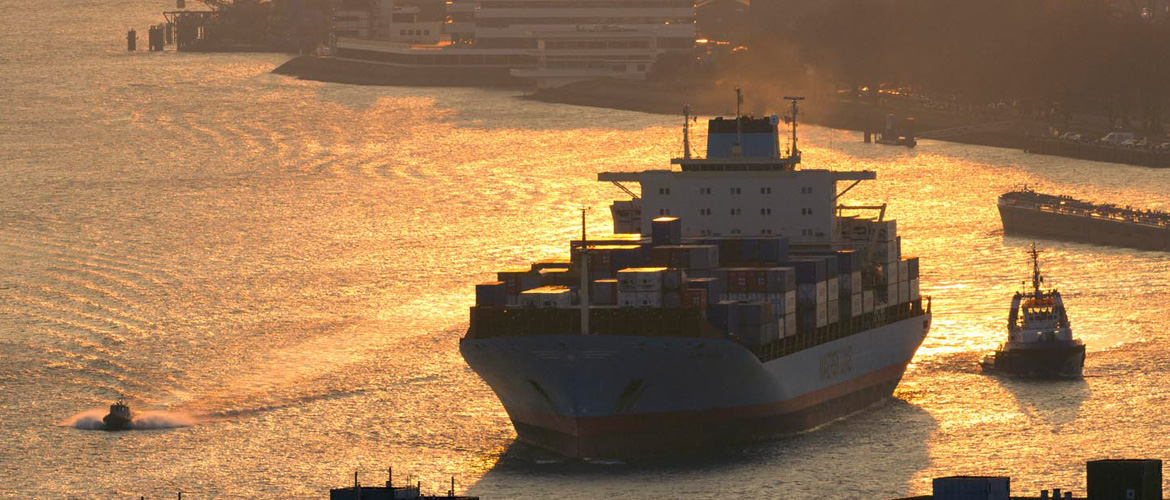Sea freight market update: June

As we reported last week Yantian (YICT) fully reopened on the 24th June, permitting inbound collections and export drop offs, although high yard density will continue for sone weeks, due to the significant backlog of container movements to process.
Yantian’s low productivity continues to recover, with up to 80% labour availability and vessel delays are reducing, averaging 8 days last week, but carriers are still likely to seek compensation for their wait.
As the ocean freight market heads into the summer peak season, the expectation is that rates from South China base ports will be under significant pressure, with carriers and terminals struggling with the impact of the cargo pileup, which could see South China rates move higher than those in North Asia.
Global sea freight volumes in January to May rose 16.8% on the year to 114 million TEUs and with container volumes increasing, many ports globally are struggling with congestion issues. The current average waiting time in Shekou, Nansha and Hong Kong is between two-to-four days, but as more carriers omit Yantian, this number is expected to rise
German carrier, Hapag-Lloyd, has suspended cargo movement to Bangladesh via Singapore for the next four weeks, due to a backlog in Singapore of bookings destined to Chittagong.
Delays started in May as Ramadan and Eid holidays caused operational delays at the Bangladesh port, with the dwell time at Colombo over 14 days and likely to get worse.
Short-haul routes are really struggling and it is getting more difficult each day to move intra-Asia containers, with some carriers reluctant to accept bookings.
While premiums haven’t gained traction on intra-Asia routes so far, the expectation is that this may change in the coming months.
Carriers continue to add capacity by buying second-hand vessels, with MSC taking delivery of two more 23,656 teu ships – which takes their order book to 70 vessels since last August – and Maersk is expanding with more chartered vessels, while the inactive fleet accounted for just 2.5% of the global fleet.
Looking ahead more new-build vessels are coming on stream and the new containership order-book, which has been in decline since 2008, increased massively in the fourth quarter of 2020 and the order of nearly two million teu in early 2021, has driven the new ships on order to 18% of the total global fleet and a five year high, that is tantalisingly close to oversupply………..in a few years!
If you have outstanding orders in Asia and are waiting for rates to fall, all the indications are that you will have a very long wait. Certainly up to Lunar New Year 2022 and possibly even after that, which is why we would recommend booking at the earliest opportunity, to let us find you the best blend of rate and service.
If you have any questions, concerns, or would like any further information regarding the situation in China, please don’t hesitate to contact us.

